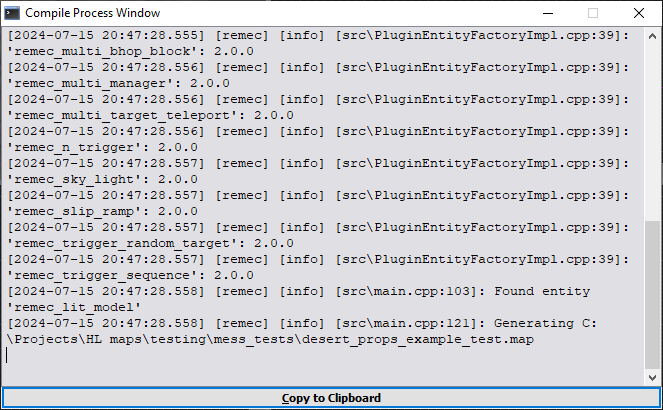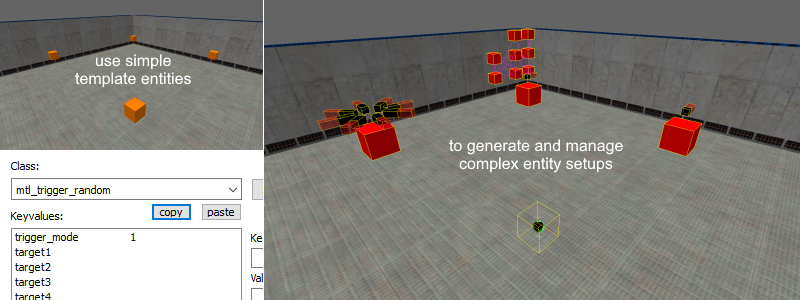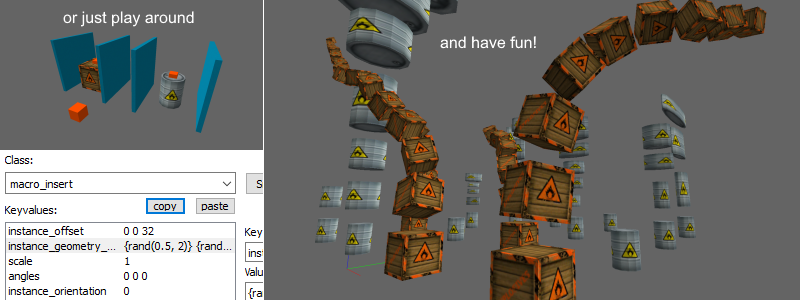Imagine a museum hall with multiple security lasers. Every laser is covered by a trigger_multiple, and all those triggers will trigger a door that has an automated turret behind it. When the player walks through a laser, the door opens, and the turret starts firing at the player. But what happens when the player walks through another laser? Normally, triggering an entity will toggle it, so by triggering the door again, it closes, and the player is safe again.
One way to solve this is to use an
mtl_trigger_switch to trigger the turret door (as both its on target and its off target). The trigger_multiple's then need to send an 'on' signal to this trigger-switch (either by triggering a trigger_relay that sends an 'on' signal to the trigger-switch, or by using the +nameofswitchentity target pattern, so MESS will automatically generate a trigger_relay for you). If the player walks through a laser, it'll send an 'on' signal to the trigger-switch, which then triggers the turret door. If the player walks through a second laser, another 'on' signal is sent to the trigger-switch, but because it's already in the 'on' state it won't do anything, and the turret door will remain open. You can also add a security button for disabling the turret system, by making a button that sends an 'off' signal to the trigger-switch.
I don't know whether this can help with making a stronghold capture mode - I assume you're talking about Counter-Strike, and I assume that you would need some way of differentiating between teams. I'm not familiar enough with CS to know whether there are any entities that can do that.
In other words: if you can make a capture mode with existing entities, then you can probably use MESS to simplify that into one or two template entities. But if it's not possible with existing entities, then MESS can't help you either.









